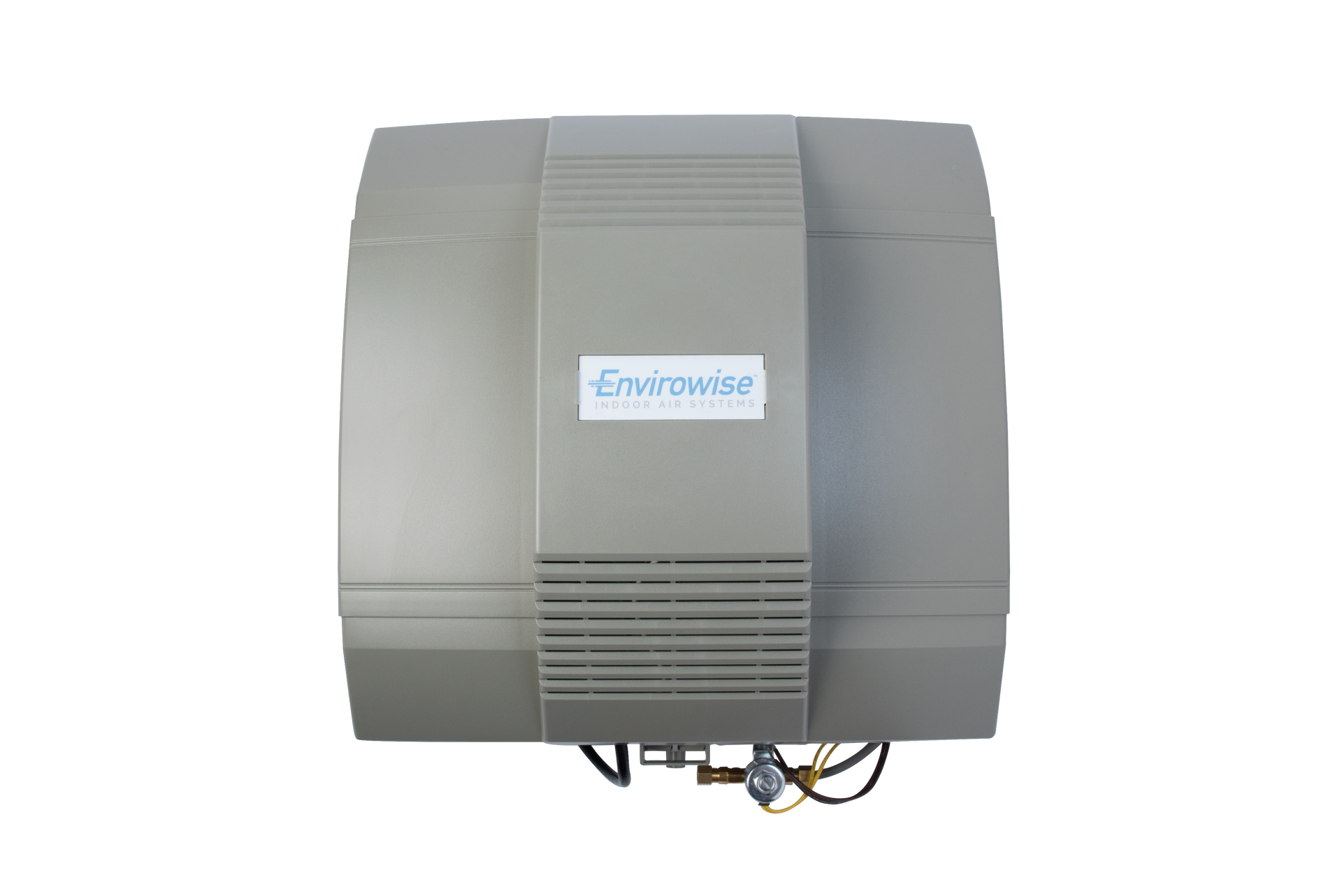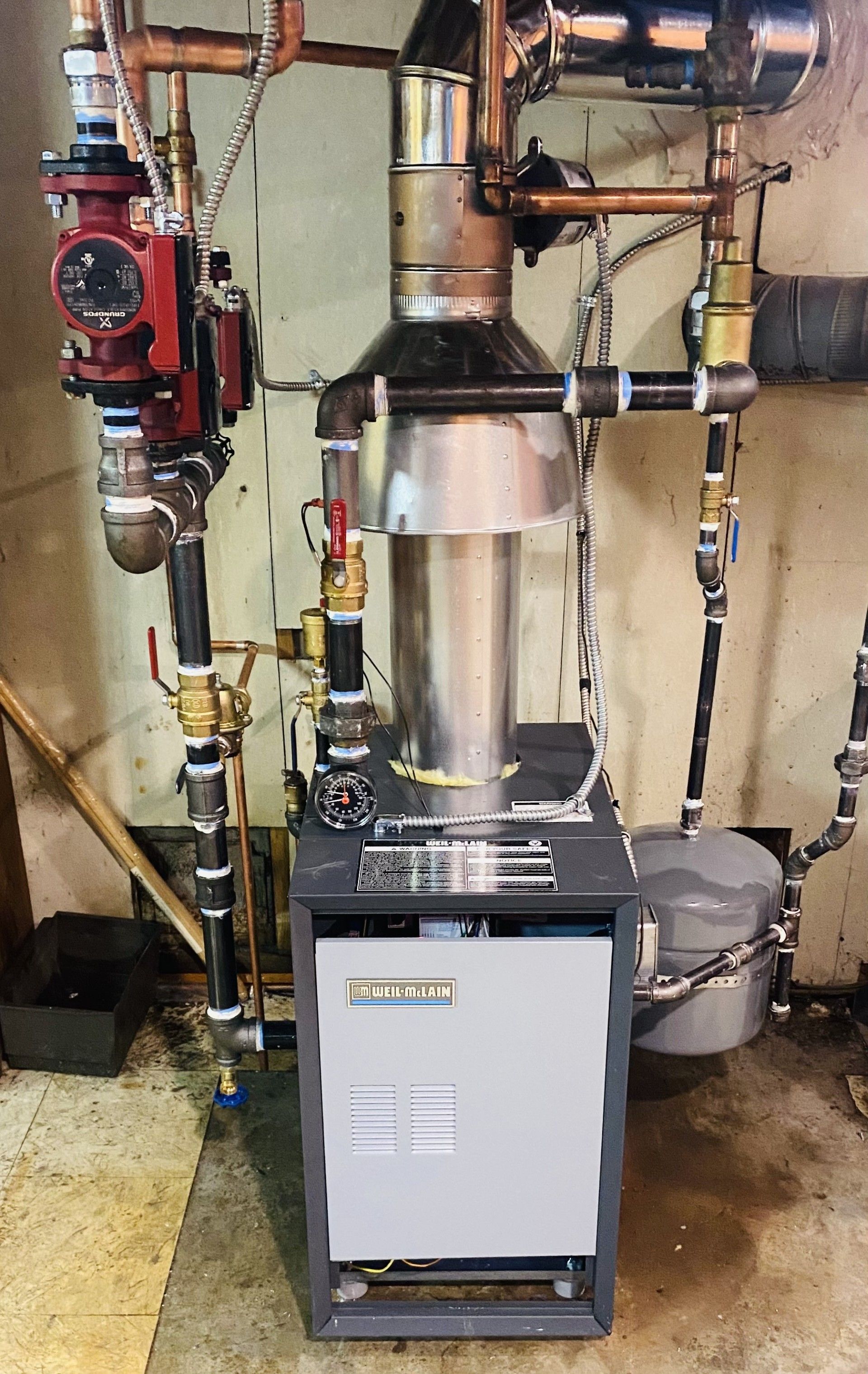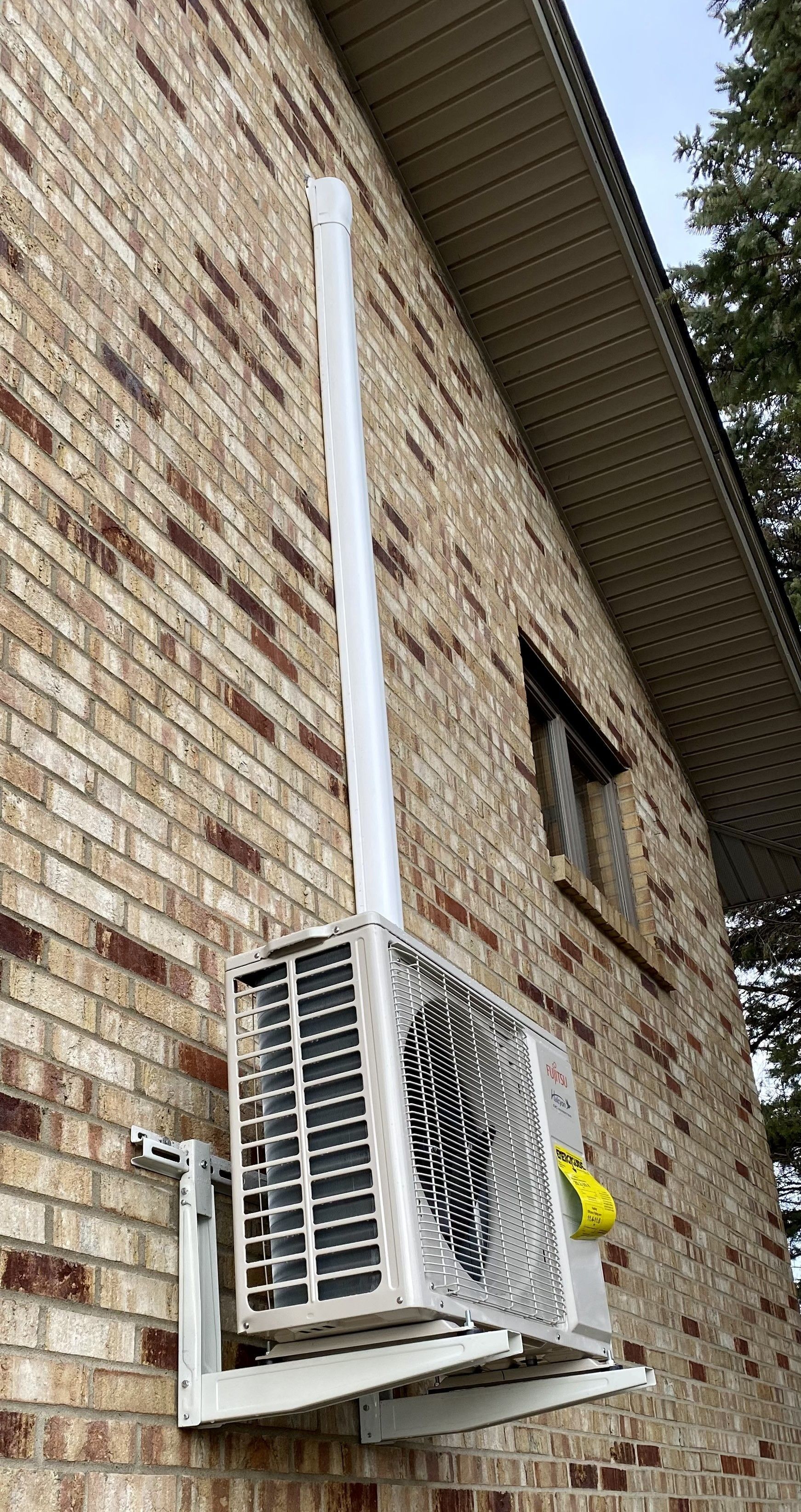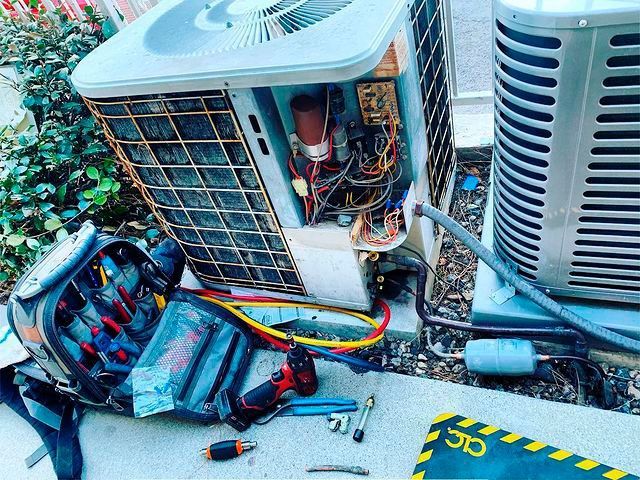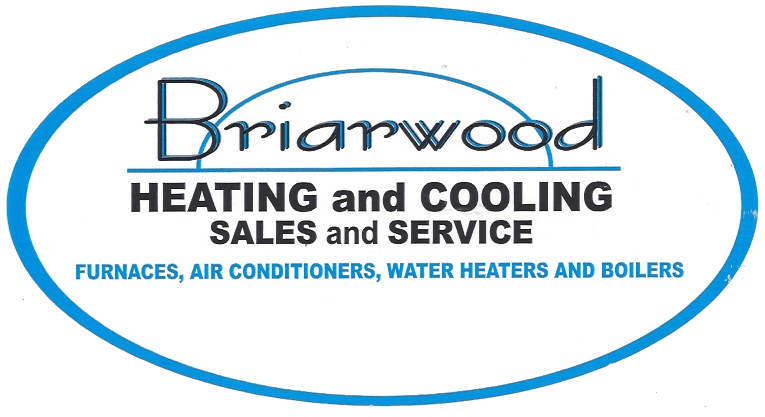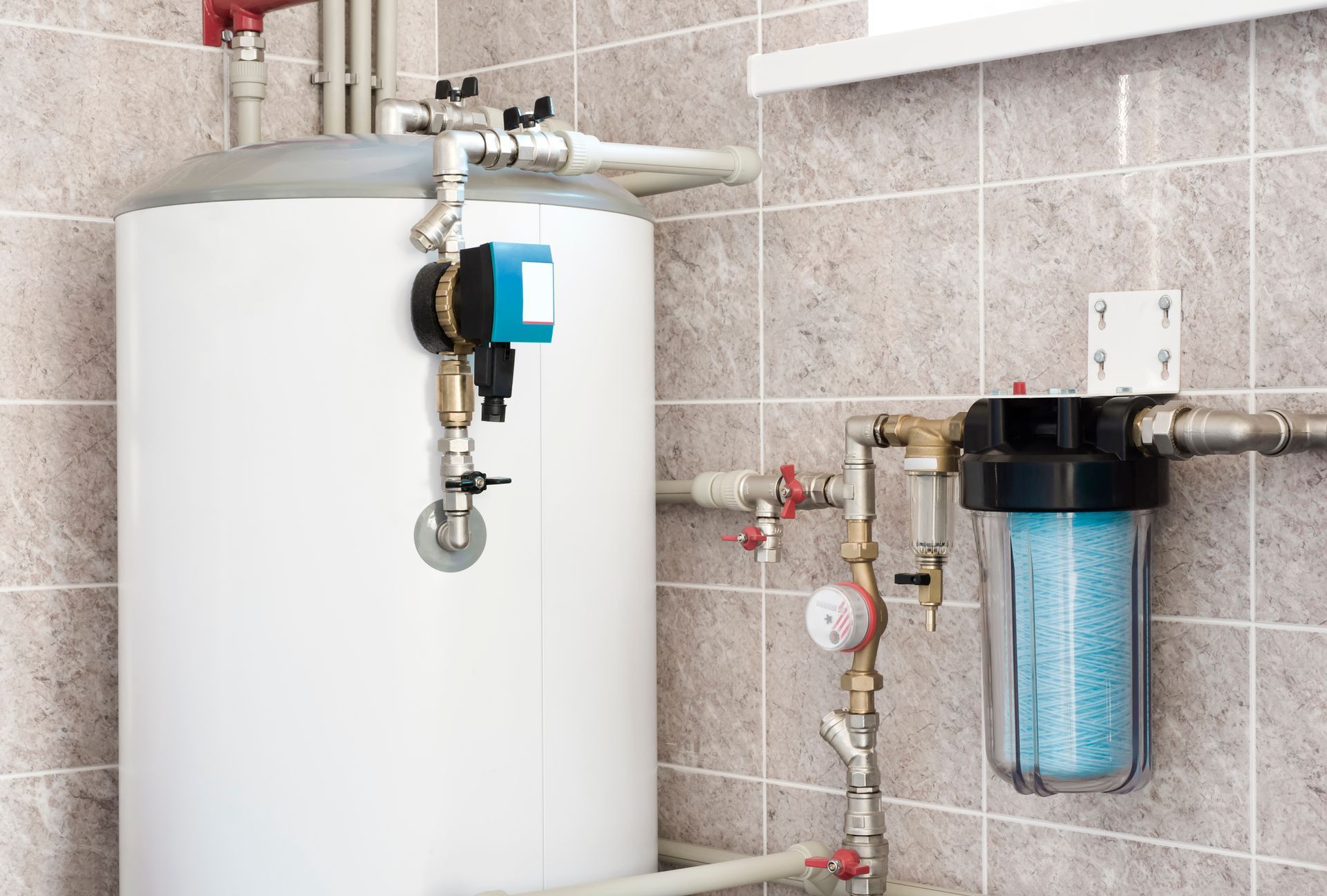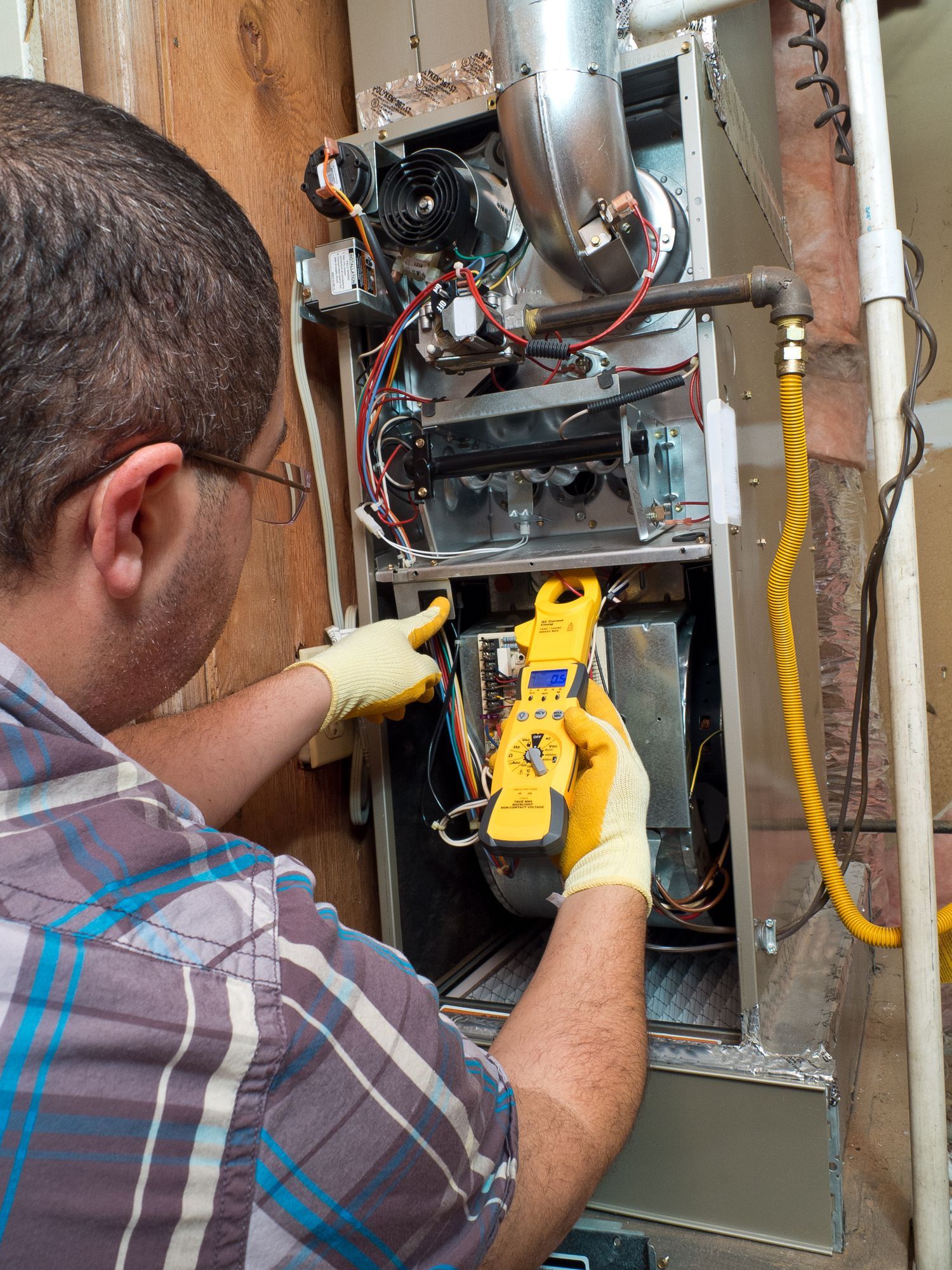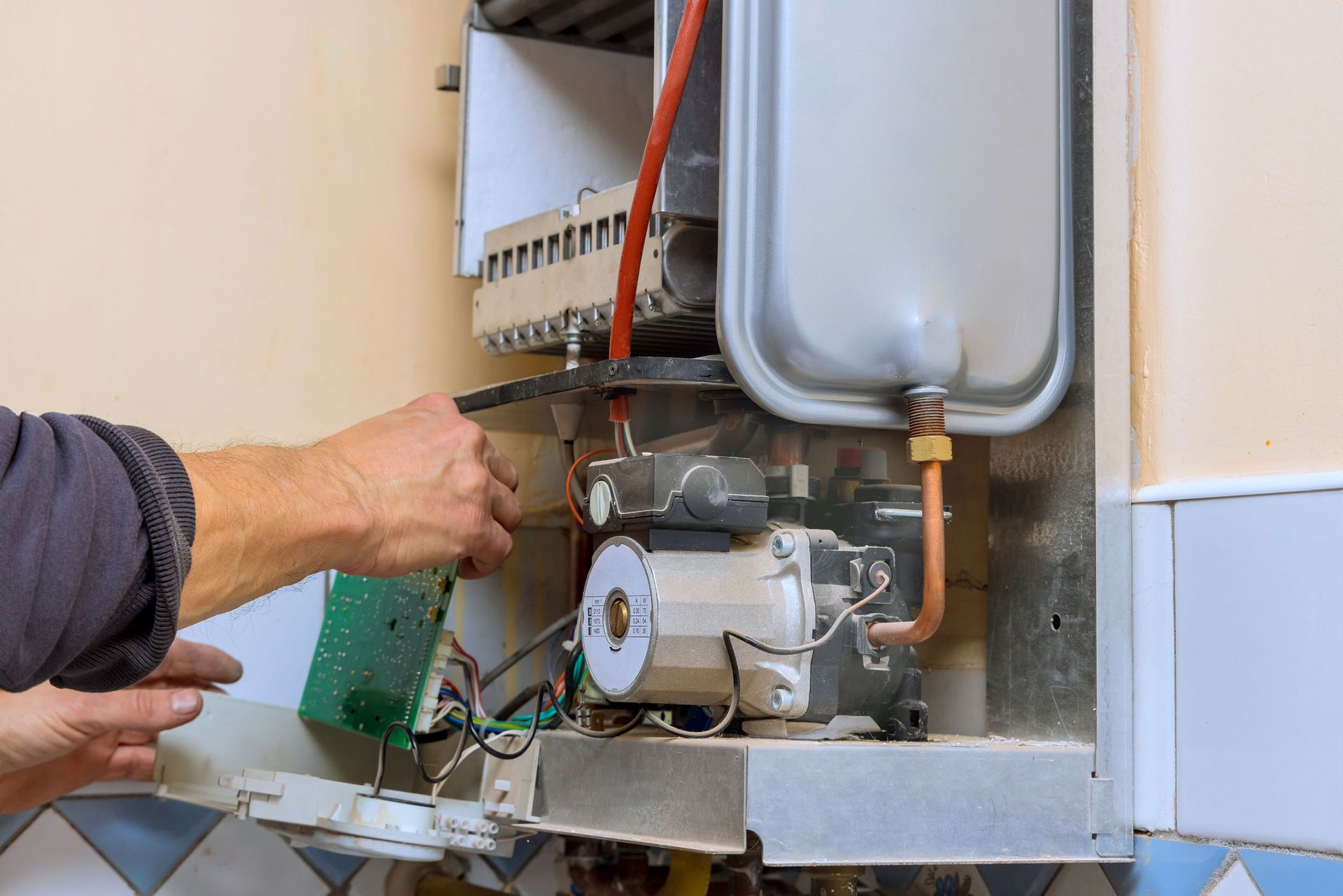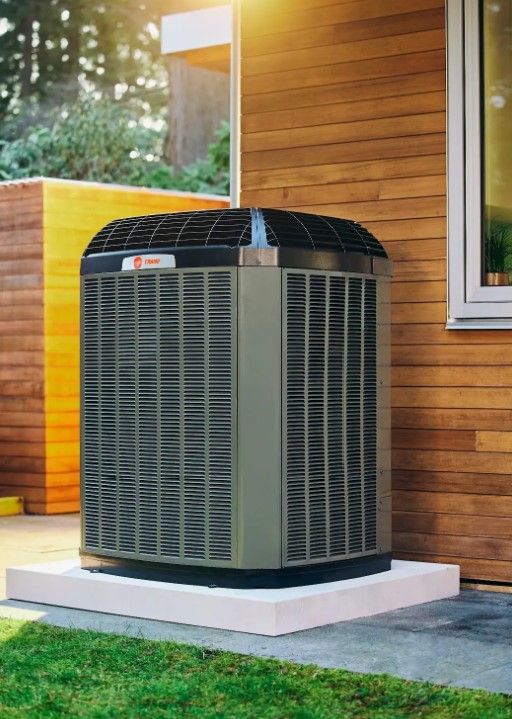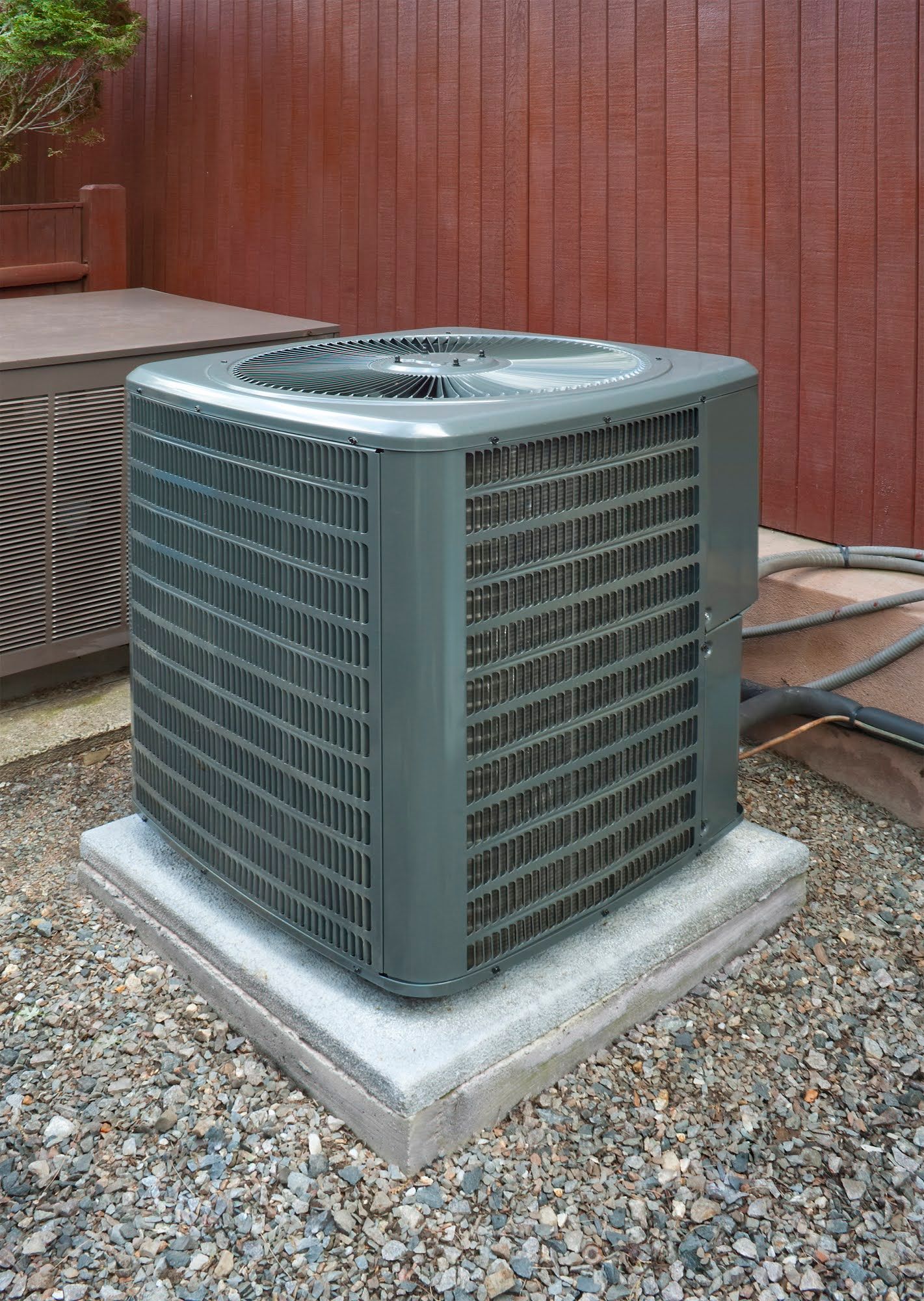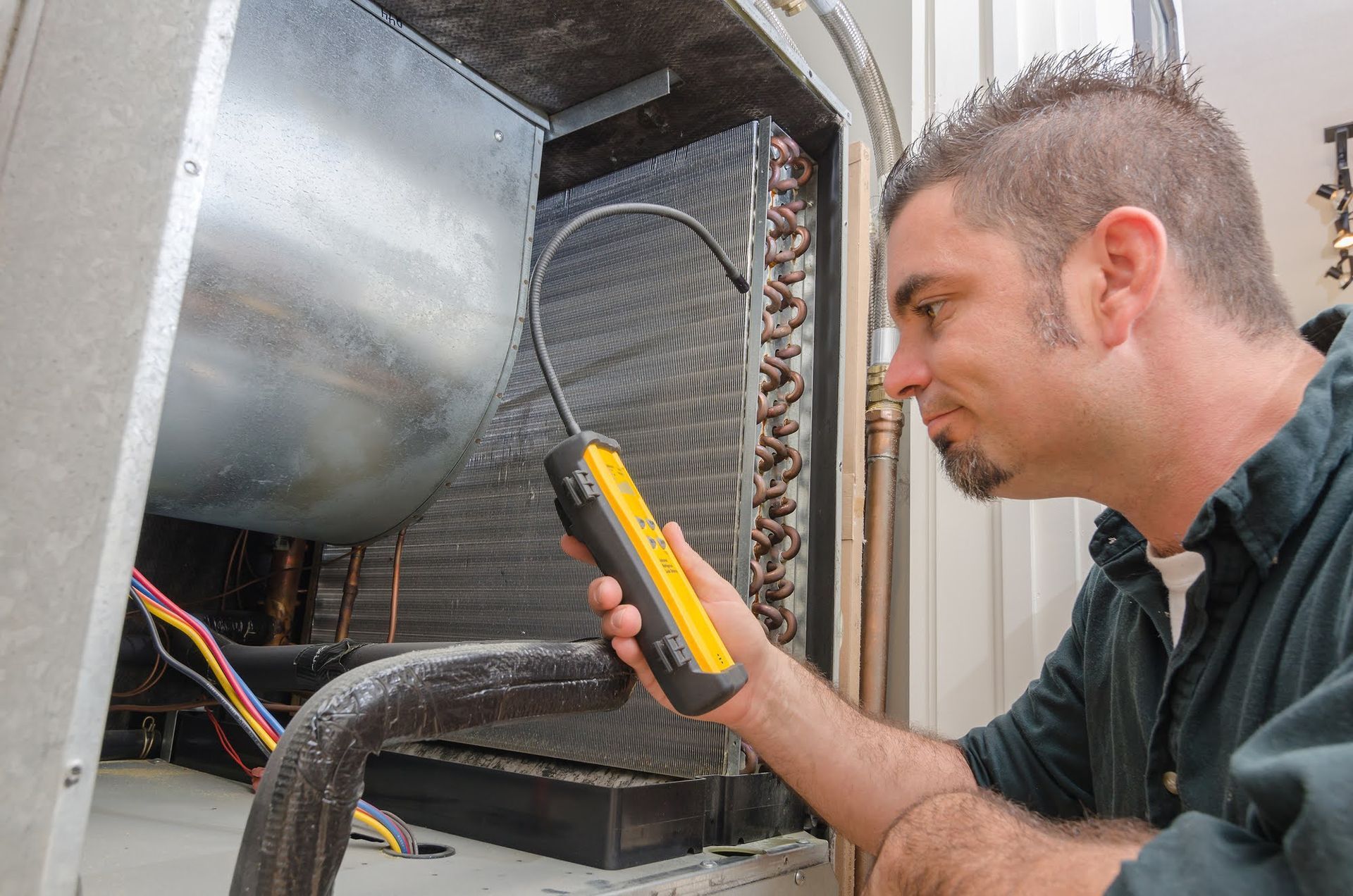A Guide to Different Types of HVAC Filters and Their Efficiency
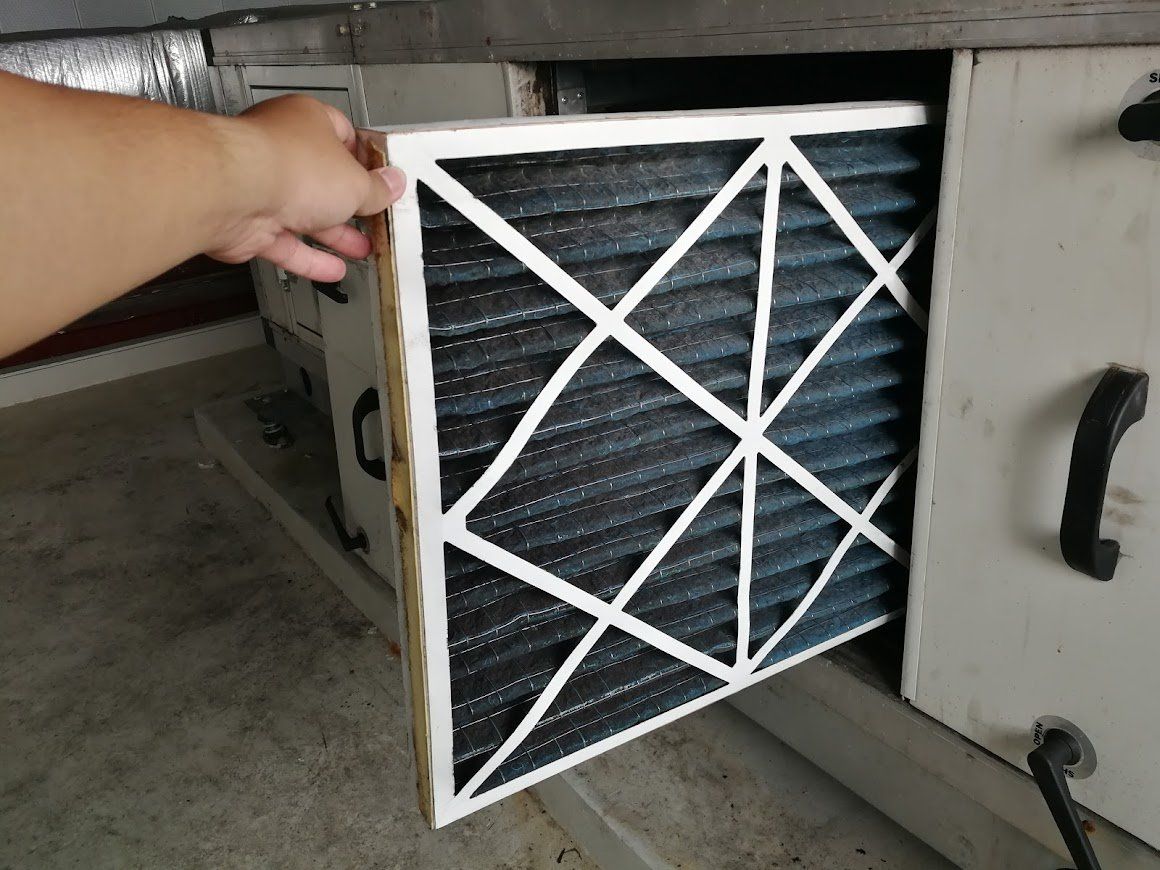
The average person spends around 90% of their time indoors, so it's important to ensure the air you're breathing is clean and free of pollutants. One way to do this is by using an HVAC — heating, ventilation, and air conditioning — system with a high-quality filter.
There are many different types of HVAC filters. Each has its own advantages and disadvantages. This short guide will look at the different types of HVAC filters and their efficiency levels.
Fiberglass Air Filters
A fiberglass air filter is the most common type of filter used in residential HVAC systems. These filters are made of a woven fiberglass material that does a decent job of trapping large particles. However, they can allow smaller particles to pass through. While it's relatively inexpensive, it's not necessarily the most effective filter type.
In addition, fiberglass air filters need to be replaced more frequently than other types of filters. They can quickly become clogged and reduce airflow. As a result, they may not be the best option for those homeowners who are looking for maximum efficiency.
Pleated Filters
Pleated air filters have a larger surface area than traditional paper or fiberglass filters. This greater surface area results in better airflow and higher dust-holding capacity. In addition, pleated air filters are more efficient at capturing small particles, such as pollen, dust mites, and pet dander. As a result, they can be a better choice for people who suffer from allergies or asthma.
HEPA Filters
HEPA stands for High Efficiency Particulate Air. These filters trap 99.97% of all particles that are 0.3 microns or larger. That includes everything from dust mites to mold spores, making HEPA air filters an excellent choice for homes with allergies or asthma.
HEPA air filters can help to improve indoor air quality by reducing the overall level of pollutants in the air. As a result, they can provide a cleaner, healthier environment for your family.
UV Light Filters
UV light filters kill viruses and bacteria through short-wave UV light. The filter comes with germicidal radiation that disinfects all the air that passes through. These filters are also great for filtering out microorganisms such as mold spores.
On the downside, they may convert oxygen molecules into ozone molecules. These molecules could make certain respiratory illnesses — such as asthma — worse. They are also quite expensive compared to other filters on the list.
Electrostatic Air Filters
These filters create static electricity through a mix of paper fibers and cotton. The static acts as a magnet that traps air pollutants. These filters are also ideal for people with respiratory issues and allergies. Electromagnetic filters also come with carbon filters for optimum efficiency. The best part is that these filters come in a washable version, which means you can reuse the filter several times before replacing it.
Washable Air Filters
Washable filters come in pleated and flat-paneled forms. They're much more cost-effective in the long run than disposable filters, and much more eco-friendly. That said, they only filter our dust and similar contaminants but not odors. They're effective but not as efficient as UV light and HEPA air filters.
Media Air Filters
Media filters are created with paper-like materials pleated into a metal cabinet. These filters are effective because the material is quite thick due to the pleats. The metal cabinet could be about 6 inches, while the pleated material inside is about 75 square feet. This feature makes these filters suitable for people with weak immune systems.
If you're in the market for a new HVAC filter, these are the available options and their efficiency. If you have questions or want to know more, please contact us today.
